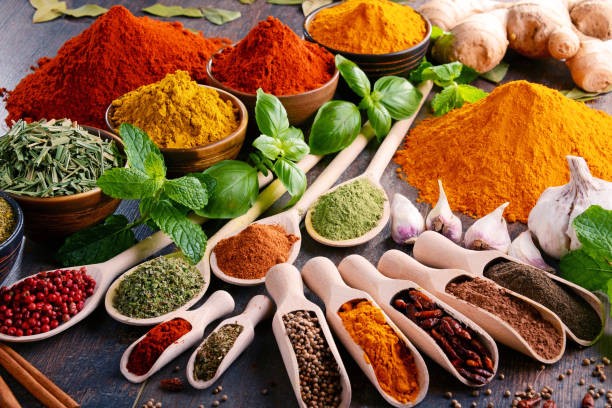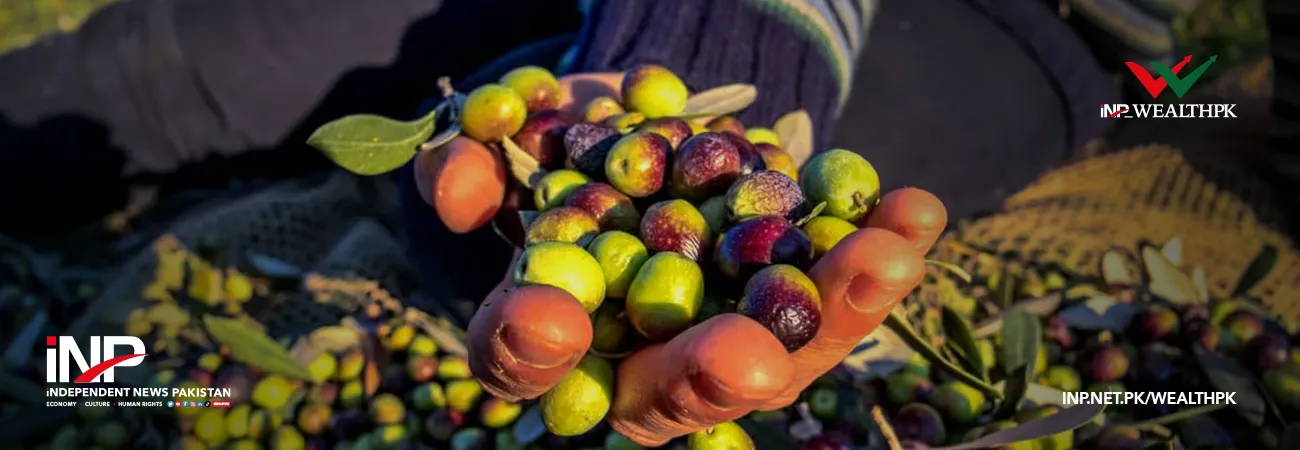INP-WealthPk
Arsalan Ali
Pakistan has significant potential in the export of spices, with an export value of $47.095 million during the first half of the current fiscal year (FY23), according to Pakistan Bureau of Statistics (PBS). Despite promising prospects, the growth of Pakistan’s spice industry is far below its real potential due to several challenges, WealthPK reported.
These challenges include a limited presence on e-commerce platforms, absence of a dedicated spice industry association, prevalence of grey channel exports, and high logistics costs which impede the distribution of spices from Pakistan and limit the potential for further growth in the market.

Data from the PBS shows that export of spices during the first six months (July-December) of the current fiscal year decreased 11% compared to the corresponding period of last fiscal year. According to Pakistan Business Council’s latest report, China, India, and Pakistan are the leading countries in the export of spice mixes. Despite being a market leader, Pakistani spice mix brands are not found in popular mainstream superstores such as Walmart, Lulu, and Carrefour.
The report showed that Pakistani spice mix brands have not been able to effectively tap into e-commerce channels in major export markets. It said awareness programmes must be organised to assist exporters in understanding the intricacies of the e-commerce platform. The report mentioned that the spice industry in Pakistan faces a significant challenge due to the absence of a dedicated association that can effectively advocate on behalf of the industry.
To address this challenge, a common platform that can represent the interests of the industry needs to be established. The report highlighted the growing problem of grey channel products in markets such as Afghanistan, mainland Europe (Spain, Greece, and Italy), and Malaysia, which pose a significant risk to the industry due to issues with labelling and traceability.
The report also identified exciting opportunities for Pakistani brands in new markets, such as the North African diaspora in mainland Europe and the Mediterranean and Iranian diaspora. It added that the migration of these populations to Europe presents a significant opportunity for Pakistani spice mix brands to expand their reach and gain new customers.
The report suggested that to successfully reach a wider consumer base and increase market share, it is crucial for key industry players to implement an effective marketing strategy that converts non-users to users, particularly those beyond the diaspora. The report stated that to achieve this goal, the industry must focus on utilising Below the Line (BTL) marketing methods, such as digital marketing, direct mail marketing, sponsorships, and in-store marketing, to target specific groups based on interests, geographies, and even ethnicities.
It added that the global shipping crisis has increased costs, making it increasingly important to target new and untapped markets. A comprehensive state-sponsored national brand-building programme must be initiated to enhance the export of spice mix products and improve the country's brand image as a reliable supplier, the report said, adding that currently, Pakistan is not considered a reliable supplier, and there is a need to address this perception and improve the image of Pakistani products.
The report also noted the need to bring variations in the spice mix products to access new markets and cater to the taste preferences of different target markets. This can be achieved by participating in exhibitions and promoting Pakistani ethnic cuisine. It suggested that the Trade Development Authority of Pakistan (TDAP) should play its role in organising Pakistan food festivals in major markets and rebranding Pakistani cuisine as distinct from Indian or South Asian cuisines. Only the recipe mix manufacturers should be allowed to participate in such events, using their recipe mixes to prepare dishes for the festival, the report suggested.
Credit: Independent News Pakistan-WealthPk













